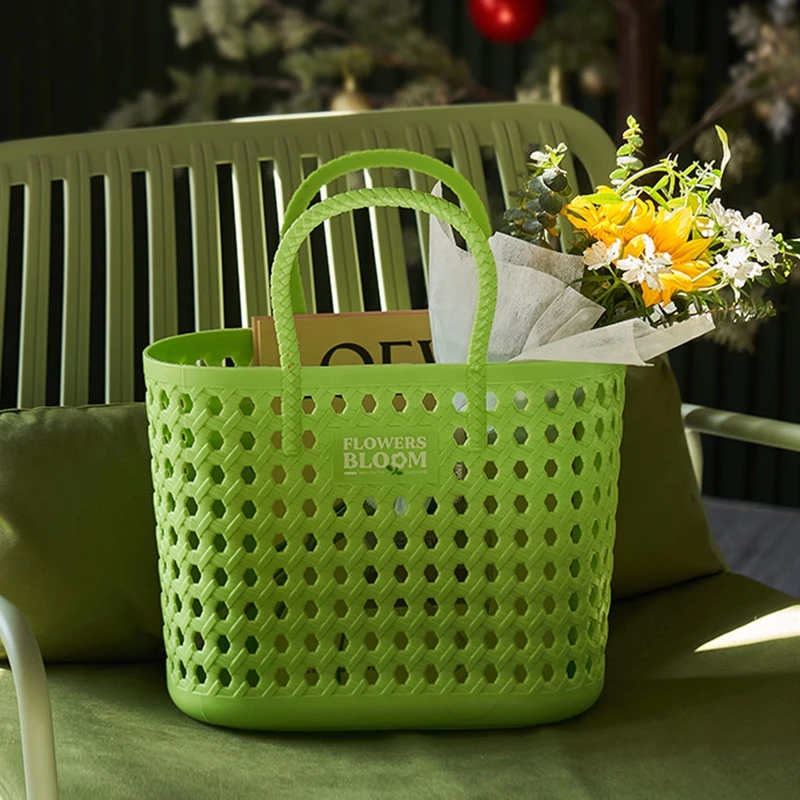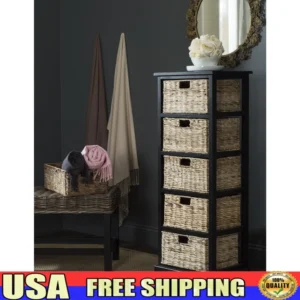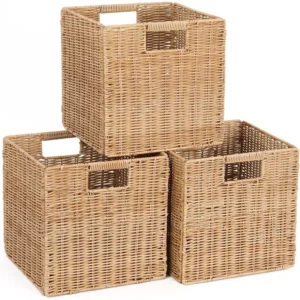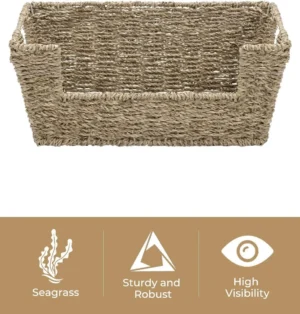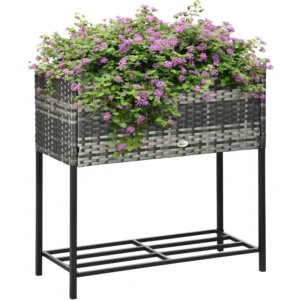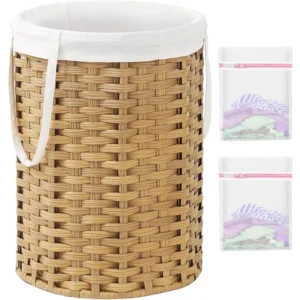Understanding Wicker: The Technique Behind the Furniture
Wicker isn’t actually a material—it’s a weaving technique. This common misunderstanding leads many furniture shoppers astray when comparing options. Wicker refers specifically to the method of weaving pliable materials into a rigid shape, creating furniture and baskets with distinctive patterns and textures.
The practice of wicker weaving dates back thousands of years, with evidence of wicker furniture found in ancient Egyptian tombs. Throughout history, civilizations around the world developed their own wicker-weaving traditions using locally available materials. The term “wicker” itself comes from the Scandinavian word “wika,” meaning “to bend.”
Definition: Wicker is a weaving technique used to create furniture and baskets from pliable plant materials or synthetic alternatives. It is characterized by its interwoven pattern that creates both structure and visual interest.
While many people use “wicker” and “rattan” interchangeably, rattan is actually just one of many materials that can be used in wicker construction. This distinction becomes particularly important when examining the natural wicker vs synthetic options available today. As furniture needs have evolved, so have the materials used in wicker construction—leading to the central question many homeowners face: which type offers superior durability for your specific needs?
Natural Wicker: Traditional Materials and Their Properties
Natural wicker furniture has been crafted for centuries using various plant materials, each with distinct properties that influence their durability and appearance. These organic materials bring a timeless appeal that many homeowners cherish:
Rattan: A vine-like palm native to tropical regions, rattan features a solid core that provides excellent strength and flexibility. Its natural honey-brown color and ability to be bent without breaking make it the premium choice for natural wicker furniture.
Bamboo: Though technically a grass, bamboo’s hollow stems offer remarkable strength-to-weight ratio. Its distinctive jointed appearance creates furniture with a distinctive tropical aesthetic.
Willow: Known for its slender, flexible shoots, willow creates more rustic-looking wicker with excellent tensile strength. It’s commonly used in basket-making and casual furniture.
Reed: Tall grasses harvested from wetlands, reeds are typically used for smaller items or as wrapping material around stronger cores. Reed offers a delicate appearance but less structural integrity than other natural materials.
Natural wicker materials appeal to many homeowners because of their organic texture, warmth, and traditional craftsmanship. Each piece carries subtle variations in color and texture, creating truly unique furniture. The eco-friendly wicker basket materials also appeal to environmentally conscious consumers looking to reduce synthetic materials in their homes.
The flexibility of these natural fibers allows craftspeople to create intricate designs that have become hallmarks of different cultural styles—from British colonial to tropical resort aesthetics. This versatility in design has helped natural wicker maintain its popularity despite the introduction of synthetic alternatives.
Durability Challenges of Natural Wicker
Despite its timeless appeal, natural wicker faces significant durability challenges that limit its practical applications in certain environments:
Moisture Susceptibility: Natural fibers absorb water, causing swelling, warping, and eventual breakdown of the material structure. This vulnerability makes untreated natural wicker problematic for humid environments or outdoor use.
Mold and Mildew Growth: The organic composition of natural materials provides a hospitable environment for fungi when exposed to moisture, leading to unsightly spots and potential respiratory irritants.
UV Damage: Prolonged sun exposure causes natural wicker to fade, dry out, and become brittle over time. This degradation significantly reduces the material’s flexibility and strength.
Temperature Fluctuations: Natural fibers expand and contract with temperature changes, weakening the weave structure over time and potentially causing cracking or splitting.
Pest Vulnerability: As organic materials, natural wicker can attract insects like beetles and termites that feed on plant fibers, potentially causing extensive damage.
The typical lifespan of natural wicker furniture varies dramatically based on its environment. Indoor pieces kept away from direct sunlight and moisture might last 10-15 years with proper care. However, even semi-outdoor exposure (like on a covered porch) can reduce this to just 2-3 years without regular maintenance.
Many homeowners discover the disadvantages of wicker baskets after purchasing, particularly when they place these items in challenging environments. Understanding these limitations is essential for setting realistic expectations about natural wicker’s performance over time.
Synthetic Wicker: Modern Materials Engineering
The durability challenges of natural wicker led to the development of synthetic alternatives specifically engineered to overcome these limitations. Modern synthetic wicker represents a significant advancement in materials science, offering furniture options that maintain the aesthetic appeal of wicker while enhancing its practical performance.
Synthetic wicker is typically made from one of several plastic-based materials:
High-Density Polyethylene (HDPE): The premium choice for quality outdoor wicker furniture, HDPE offers excellent durability, color retention, and resistance to cracking. It’s often made from recycled plastics, adding environmental benefits.
Polyethylene (PE): A mid-range option with good weather resistance and flexibility. PE wicker feels more like natural materials and offers a good balance between quality and affordability.
Polyvinyl Chloride (PVC): The most economical synthetic option, PVC wicker is lightweight and water-resistant but typically less durable and realistic-looking than other synthetics.
The manufacturing process for synthetic wicker involves extruding these materials into fiber-like strands that closely mimic the look and feel of natural materials. Advanced production techniques allow manufacturers to create various textures, thicknesses, and even multi-toned colors that resemble natural aging and patina.
When comparing natural vs synthetic wicker laundry baskets and other household items, synthetic materials demonstrate clear advantages for high-use areas. The engineered resilience of these materials makes them particularly suitable for items that face regular moisture exposure or physical stress.
| Material | Weather Resistance | UV Stability | Texture | Typical Lifespan | Best Applications |
|---|---|---|---|---|---|
| HDPE | Excellent | Excellent | Medium-firm | 10-15+ years | Outdoor furniture, high-use areas |
| PE | Good | Good | Medium | 7-10 years | Indoor/outdoor versatility |
| PVC | Fair | Fair | Firm | 3-7 years | Budget-conscious projects |
| Natural Rattan | Poor | Poor | Soft-medium | 2-5 years outdoors, 10+ years indoors | Indoor use, covered areas |
Superior Durability Aspects of Synthetic Wicker
Synthetic wicker materials offer several distinct advantages that directly address the vulnerabilities of their natural counterparts:
Weather Resistance: Perhaps the most significant advantage of synthetic wicker is its remarkable ability to withstand moisture exposure. Unlike natural fibers that absorb water, quality synthetic wicker is completely waterproof. This impermeability means synthetic furniture can withstand rain, snow, and high humidity without structural damage, making it ideal for outdoor patios, poolside areas, and even boat furnishings.
UV Stability: Premium synthetic wicker incorporates UV inhibitors during manufacturing that significantly reduce sun damage. These additives prevent the color fading and material brittleness that plague natural wicker. High-quality synthetic pieces can maintain their appearance after years of sun exposure, with some manufacturers offering UV warranties of 3-5 years even in direct sunlight conditions.
Temperature Tolerance: Synthetic materials can withstand extreme temperatures without compromising structural integrity. Quality synthetic wicker remains flexible and strong in freezing conditions that would cause natural fibers to become brittle and snap. Similarly, high heat that would dry out natural materials doesn’t affect properly engineered synthetics.
Structural Integrity: The manufacturing process for synthetic wicker creates remarkably consistent material strength throughout each strand. This uniformity prevents the weak points common in natural materials, resulting in furniture that resists breaking, unraveling, or structural failure even with regular use.
Pest Resistance: Unlike organic materials, synthetic wicker offers no nutritional value to insects or other pests. This immunity eliminates the need for chemical treatments and preserves the furniture’s integrity over time.
The synthetic vs natural wicker guide demonstrates that properly engineered synthetic materials can maintain their appearance and functionality for 10+ years even in challenging outdoor environments—a dramatic improvement over the 2-3 year lifespan typical of outdoor natural wicker.
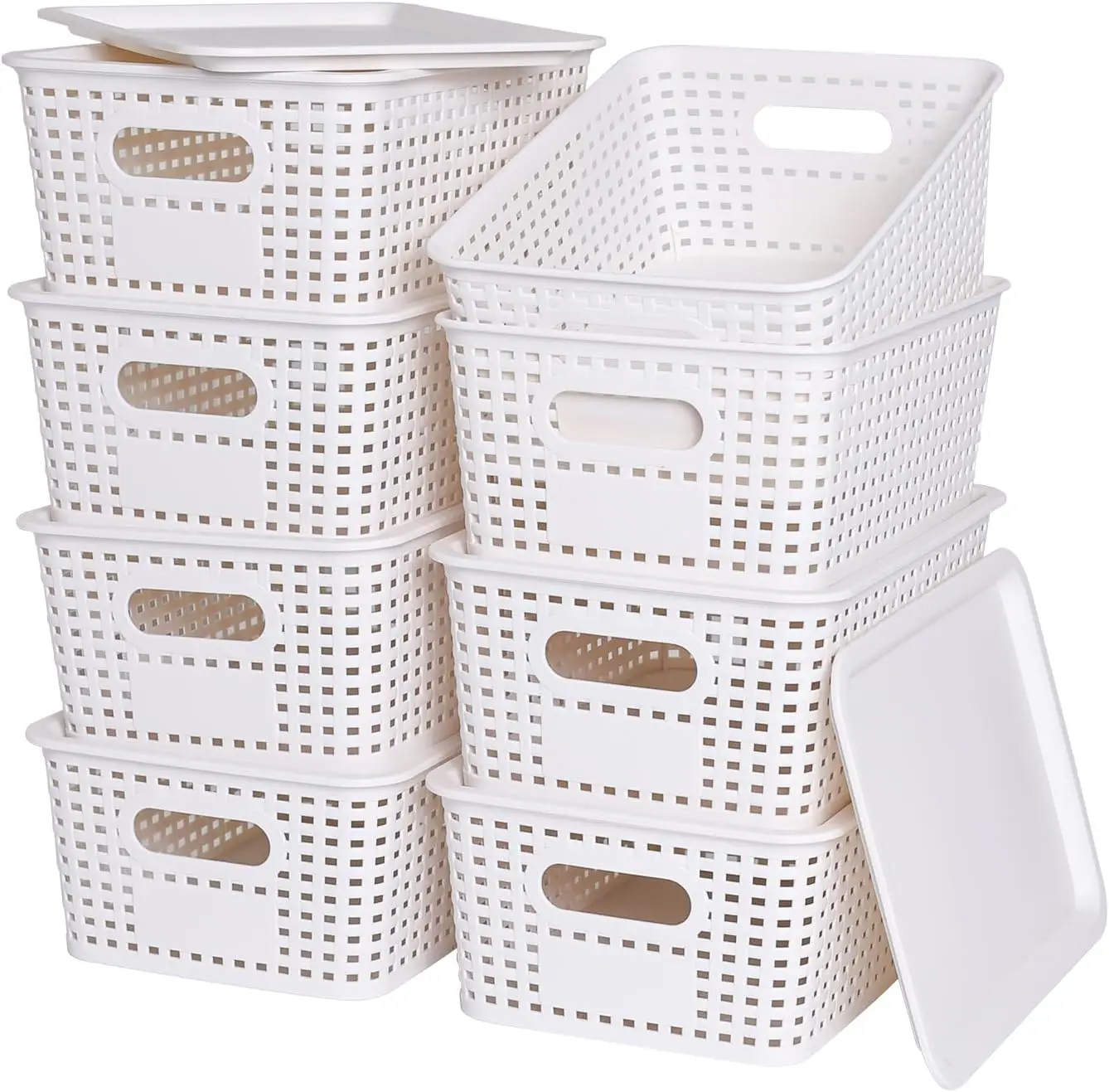
Head-to-Head Durability Comparison
When directly comparing natural and synthetic wicker across key durability factors, clear patterns emerge that can guide your purchasing decision:
| Durability Factor | Natural Wicker Performance | Synthetic Wicker Performance |
|---|---|---|
| Weather Resistance | Poor to Fair: Absorbs moisture, warps and deteriorates when wet | Excellent: Completely waterproof, maintains structure in all weather |
| UV Exposure Tolerance | Poor: Fades and becomes brittle within 1-2 seasons of sun exposure | Good to Excellent: UV inhibitors prevent significant fading for 3-7+ years |
| Physical Strength | Fair: Strong when new but deteriorates over time | Good to Excellent: Consistent strength throughout lifespan |
| Mold/Mildew Resistance | Poor: Organic materials provide food source for fungi | Excellent: Non-porous surface prevents growth |
| Pest Resistance | Poor: Vulnerable to various insects that consume plant fibers | Excellent: No nutritional value for pests |
| Indoor Lifespan | Good: 10-15+ years with proper care | Excellent: 15+ years with minimal maintenance |
| Outdoor Lifespan | Poor: 2-5 years even with maintenance | Good to Excellent: 7-15+ years depending on quality |
These differences become particularly apparent in challenging environments. For example, poolside furniture made from natural wicker might require replacement after just one season due to constant moisture exposure and chlorine damage. The same location furnished with quality synthetic wicker could maintain its appearance and function for a decade or more.
When you need to choose between synthetic natural wicker for a specific application, consider the environment’s demands. For permanent outdoor installations, synthetic options clearly offer superior durability and value over time. For protected indoor spaces where moisture exposure is limited, natural wicker can provide reasonable durability while offering its distinctive aesthetic appeal.
Maintenance Requirements: Preserving Your Investment
The maintenance needs of natural versus synthetic wicker represent another significant factor in the overall durability equation:
Natural Wicker Maintenance:
* Regular dusting using soft brushes to prevent dirt accumulation in crevices
* Gentle cleaning with minimal moisture—damp cloth with mild soap, followed by immediate drying
* Periodic reapplication of protective sealants (typically annually)
* Application of natural oils like linseed to maintain flexibility
* Indoor storage during inclement weather or winter months
* Immediate attention to any signs of mold or mildew
* Annual inspection for pest damage and structural integrity
Synthetic Wicker Maintenance:
* Simple cleaning with garden hose or pressure washer on low setting
* Occasional washing with mild soap solution for dirt buildup
* No sealants, oils, or protective treatments needed
* Can remain outdoors year-round in most climates
* No special storage requirements
* Minimal inspection needed for structural issues
This maintenance difference translates directly to time investment. Natural wicker typically requires attention every 1-3 months plus seasonal protective measures. Synthetic wicker, by contrast, might need just 1-2 cleanings per year to maintain its appearance, with little concern for structural maintenance.
For many busy households, this maintenance gap significantly influences the real-world durability of their furniture. Well-maintained natural wicker can last for years, but neglected pieces deteriorate quickly. Synthetic wicker storage baskets and furniture maintain their integrity even with minimal care, making them particularly suitable for vacation homes, rental properties, or busy family environments.
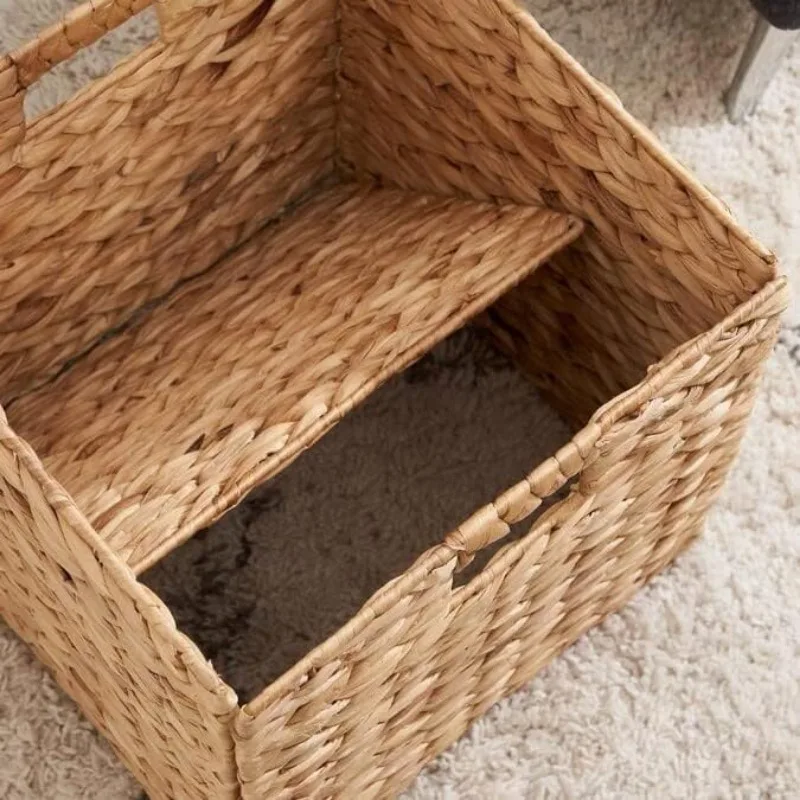
Beyond Durability: Other Decision Factors
While durability forms a central consideration in choosing between synthetic and natural wicker, several other factors influence the overall value proposition:
Aesthetic Quality and Authenticity:
Natural wicker offers a warmth, organic variation, and authenticity that even the best synthetics struggle to perfectly replicate. The subtle color variations, unique texture, and natural patina that develops over time give natural wicker a distinctive character many homeowners prize. Synthetic options have improved dramatically but still maintain a more uniform, manufactured appearance.
Environmental Considerations:
The environmental equation is complex. Natural wicker uses renewable resources but may contribute to harvesting pressures on certain plant species. Quality synthetic wicker often incorporates recycled plastics and offers significantly longer usable life, potentially reducing overall resource consumption. The extended lifespan of synthetics means fewer replacements and potentially lower lifetime environmental impact despite using petroleum-based materials.
Cost Analysis:
Initial investment typically favors natural wicker, with most pieces costing 15-30% less than comparable synthetic options. However, when factoring replacement frequency for outdoor applications and maintenance supplies, synthetic wicker often represents the better long-term value. Indoor natural wicker can be economically competitive when properly maintained.
Comfort and Feel:
Natural materials typically offer better breathability and temperature regulation, creating more comfortable seating in hot weather. Some users also prefer the slightly yielding texture of natural fibers. Synthetic materials can sometimes create heat buildup and feel less organic to the touch, though premium options have largely addressed these concerns.
The rattan baskets available today showcase how natural materials continue to excel in certain applications despite synthetic alternatives. For indoor decorative items where direct contact is limited and moisture exposure minimal, natural materials often remain the preferred choice for their superior aesthetic qualities.
Black Wicker Baskets, Rattan Storage Baskets, Tall Wicker Baskets, Wicker Shelf Baskets, Woven Storage Baskets
5-Tier Distressed Black Wood Frame Storage Tower with Removable Wicker Baskets for Home Organization$715.80 Select options This product has multiple variants. The options may be chosen on the product pageWicker Laundry Baskets, Woven Laundry Baskets, Woven Storage Baskets
$392.02 Select options This product has multiple variants. The options may be chosen on the product pageRattan Shelf Baskets, Rattan Storage Baskets, Small Wicker Baskets, Square Wicker Baskets
Square Plastic Wicker Storage Baskets Set of 3 with Collapsible Design for Cube Storage Organization$185.47 Select options This product has multiple variants. The options may be chosen on the product pageWicker Baskets with Handles, Wicker Storage Baskets, Woven Storage Baskets
$137.92 Select options This product has multiple variants. The options may be chosen on the product pageRattan Shelf Baskets, Rattan Storage Baskets
$345.47 Select options This product has multiple variants. The options may be chosen on the product pageLarge Wicker Laundry Baskets, Rattan Laundry Baskets, Woven Laundry Hampers
$162.32 Select options This product has multiple variants. The options may be chosen on the product page
Best Applications: Matching Wicker Type to Your Environment
Choosing between synthetic and natural wicker becomes clearer when matched to specific environmental conditions:
Indoor Living Spaces:
* Both natural and synthetic wicker perform well in climate-controlled indoor environments
* Natural wicker offers superior aesthetic appeal and tradition for formal living rooms and sunrooms
* Synthetic provides better durability for high-traffic family rooms or playrooms
* Recommendation: Natural wicker for showcase pieces; synthetic for everyday furniture
Indoor Utility Areas:
* Wicker laundry baskets and storage items face moderate moisture and physical stress
* Synthetic options offer better resistance to humidity from wet clothing and frequent handling
* Natural options provide better breathability for storing textiles
* Recommendation: Synthetic for bathrooms and laundry areas; either type for bedroom storage
Covered Outdoor Spaces:
* Porches, covered patios, and sunrooms create intermediate exposure conditions
* Natural wicker requires seasonal protection and regular maintenance
* Synthetic wicker maintains appearance with minimal attention
* Recommendation: Synthetic for year-round installation; treated natural wicker for seasonal use
Fully Exposed Outdoors:
* Poolsides, open decks, and gardens create maximum material stress
* Natural wicker deteriorates rapidly without exceptional care
* Quality synthetic wicker maintains integrity for years
* Recommendation: Exclusively synthetic wicker for permanent outdoor installations
Regional Climate Considerations:
* Humid coastal areas accelerate natural wicker deterioration
* Dry desert regions cause faster cracking and brittleness in natural fibers
* Extreme temperature fluctuations damage natural wicker more quickly
* Recommendation: Climate severity should increase preference for synthetic options
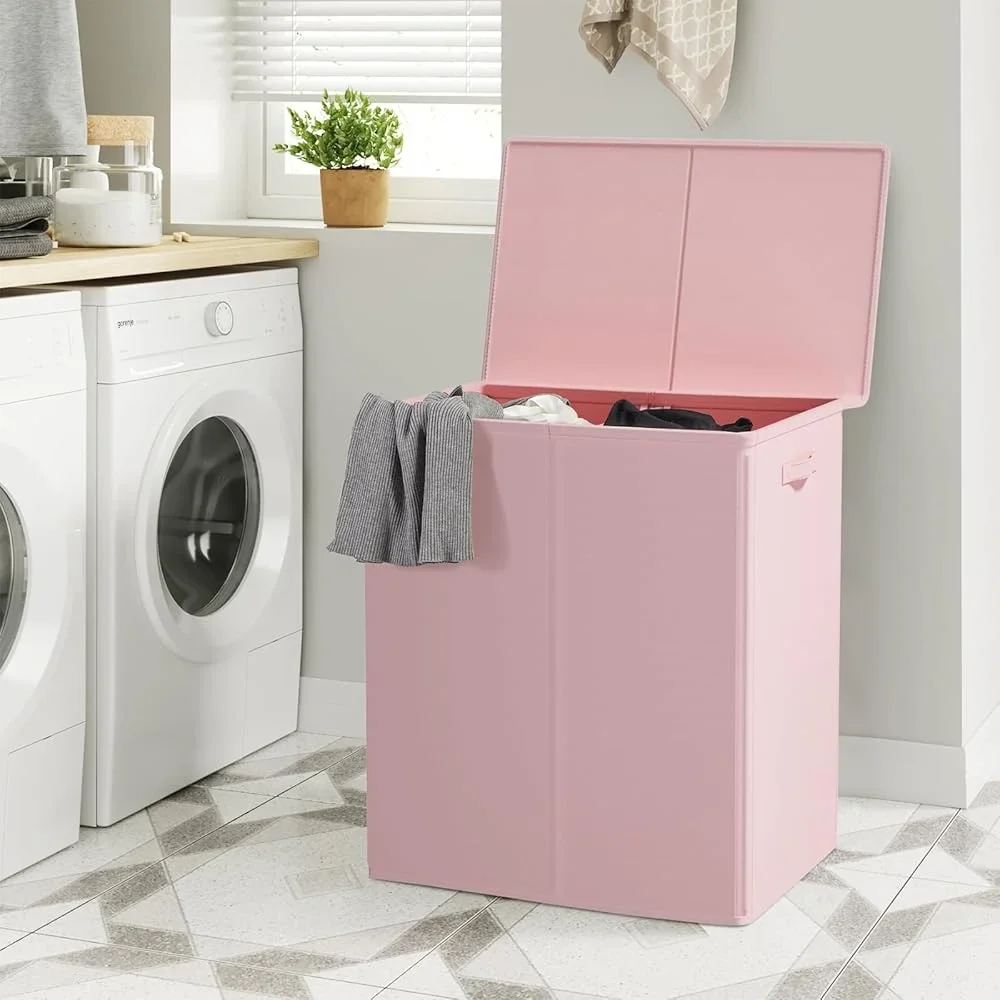
Your Wicker Buying Guide: Making the Right Choice
When shopping for wicker furniture or storage solutions, ask yourself these key questions to determine whether natural or synthetic materials will better serve your needs:
Where will this piece be used? The environment determines exposure levels to wicker’s main enemies: moisture, UV light, and temperature fluctuations.
How frequently will it be used? High-use items benefit from synthetic durability; occasional-use decorative pieces might prioritize natural aesthetics.
What maintenance schedule can you realistically maintain? Be honest about your willingness to perform regular care tasks.
What is your expected lifespan for this purchase? Budget accordingly for potential replacements if choosing less durable options.
When examining wicker furniture quality, look for these indicators:
- Tight, consistent weaving with no obvious gaps or loose ends
- Smooth, splinter-free surfaces that won’t snag clothing
- Solid frame construction underneath the wicker weaving
- Weight appropriate to the material (suspiciously light pieces often indicate poor quality)
The wicker storage baskets with lids showcase how protective design elements can enhance durability regardless of material choice. Similarly, understanding the differences between wicker and woven baskets helps identify construction quality that influences long-term performance.
At Tidy Treasure, we carefully select both natural and synthetic wicker products that meet strict quality standards, ensuring you receive durable storage solutions regardless of which material best suits your specific needs.

